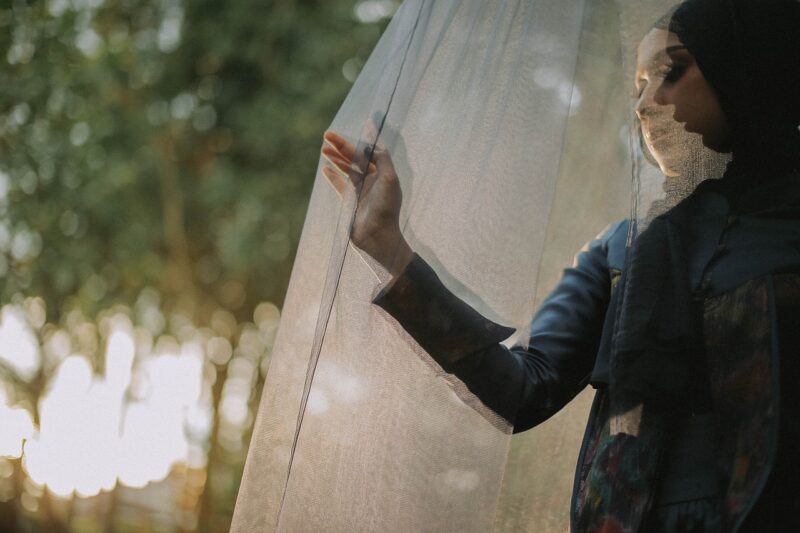The Fascinating History of Storytelling From Cave Paintings to Modern Blockbuster Films
November 17, 2024

Storytelling is an ancient art form that predates written language, transcending cultures and generations. The ability to narrate tales has been fundamental to humanity, serving not only as a means of entertainment but also as a way to instill morals, preserve history, and foster social cohesion. This article explores the evolution of storytelling, from its primitive roots in cave paintings to the grand narratives of modern blockbuster films.
1. The Origins of Storytelling: Cave Paintings and Oral Traditions
Long before the advent of written language, our ancestors communicated through simple images and symbols. Cave paintings in places like Lascaux, France, dating back over 17,000 years, are some of the earliest examples of storytelling. These intricate images depicted animals, hunting scenes, and human figures, likely serving as both a narrative of daily life and a ritualistic expression of the community’s beliefs.
These vivid illustrations laid the groundwork for storytelling, transitioned into oral traditions. Storytelling became a communal activity, passed down generations. Early humans relied on oral tales to share experiences, guide social morals, and teach survival skills. Myths, legends, and folktales flourished in this era, embodying supernatural beings and cultural values.
2. The Birth of Written Storytelling
Around 3500 BC, the invention of writing marked a pivotal moment in human history. Ancient civilizations such as the Sumerians and Egyptians started documenting stories on clay tablets and papyrus scrolls. The Epic of Gilgamesh, one of the earliest known works of literature, highlights the transition from oral storytelling to written narratives. This epic poem not only tells the tale of a hero’s journey but also provides insight into the values and beliefs of early Mesopotamian society.
As writing spread, so did storytelling. The Greeks and Romans refined narrative techniques, emphasizing elements like character development and plot structure. Works like Homer’s Iliad and Odyssey emerged, combining adventure with deeper moral lessons.
3. Medieval Storytelling: From Oral Traditions to Literature
During the Medieval period, storytelling underwent significant transformations. The rise of the printing press in the 15th century enabled the mass production of books, making literature more accessible to the public. This shift democratized storytelling, allowing for the spread of diverse narratives. Stories like Geoffrey Chaucer’s The Canterbury Tales exemplified the richness of medieval storytelling, capturing the voices of various characters from different social classes.
The tradition of oral storytelling persisted alongside literature. Traveling bards and troubadours performed tales of chivalry, romance, and adventure, keeping alive the art of spoken narratives even as written storytelling gained prominence.
4. The Renaissance: A Rebirth of Storytelling Traditions
The Renaissance period heralded a newfound appreciation for art and scholarship, which directly influenced storytelling. Writers like William Shakespeare revolutionized the craft by exploring complex characters and intricate plots in his plays. His stories wove together various themes – love, power, betrayal – that resonated with audiences of his time and continue to do so today.
This era also saw the emergence of prose fiction, with notable works like Miguel de Cervantes’ Don Quixote examining human folly and aspiration. The blending of poetry, drama, and prose enriched the storytelling landscape, setting the stage for modern literary forms.
5. The Era of Film: Bringing Stories to Life
The advent of cinema in the late 19th century introduced a new medium for storytelling. The moving image revolutionized the way stories were told, allowing audiences to experience narratives visually and emotionally. The first narrative film, The Great Train Robbery (1903), marked the beginnings of storytelling in cinema.
With advancements in technology, filmmakers crafted intricate narratives that transcended cultural and linguistic barriers. Iconic films like Casablanca, The Wizard of Oz, and more recently, the Marvel Cinematic Universe, highlight the power of visual storytelling. Screenwriters and directors have learned to manipulate techniques like suspense, pacing, and sound to evoke emotions and convey complex themes.
6. The Digital Age: Storytelling in the 21st Century
As we moved into the 21st century, the rise of the internet and digital media transformed storytelling yet again. Platforms like social media, blogs, and podcasts enable diverse voices to share their narratives on a global scale. The concept of participatory storytelling emerged, where audiences can engage with stories through comments, reactions, and shares.
Interactive storytelling, as seen in video games and virtual reality, further showcases how narratives can evolve. Players not only consume stories but also influence outcomes, creating personalized and immersive experiences.
Conclusion: The Eternal Human Connection
The evolution of storytelling reflects humanity’s ever-changing desires and needs. From cave paintings to modern blockbuster films, storytelling serves as a means to connect, learn, and explore the complexities of the human experience. As we venture further into the future, the art of storytelling will continue to adapt, shaping our societies and cultures in profound ways.
In a world inundated with information, powerful narratives remain vital to our understanding of ourselves and each other. As we tell and share stories, we weave the fabric of our collective history, always mindful of the lessons learned and the truths yet to be uncovered.







